On Saturday, October 7th, GSP joined indigenous-led organizations at Discovery Park for a morning of listening, learning, and connecting.
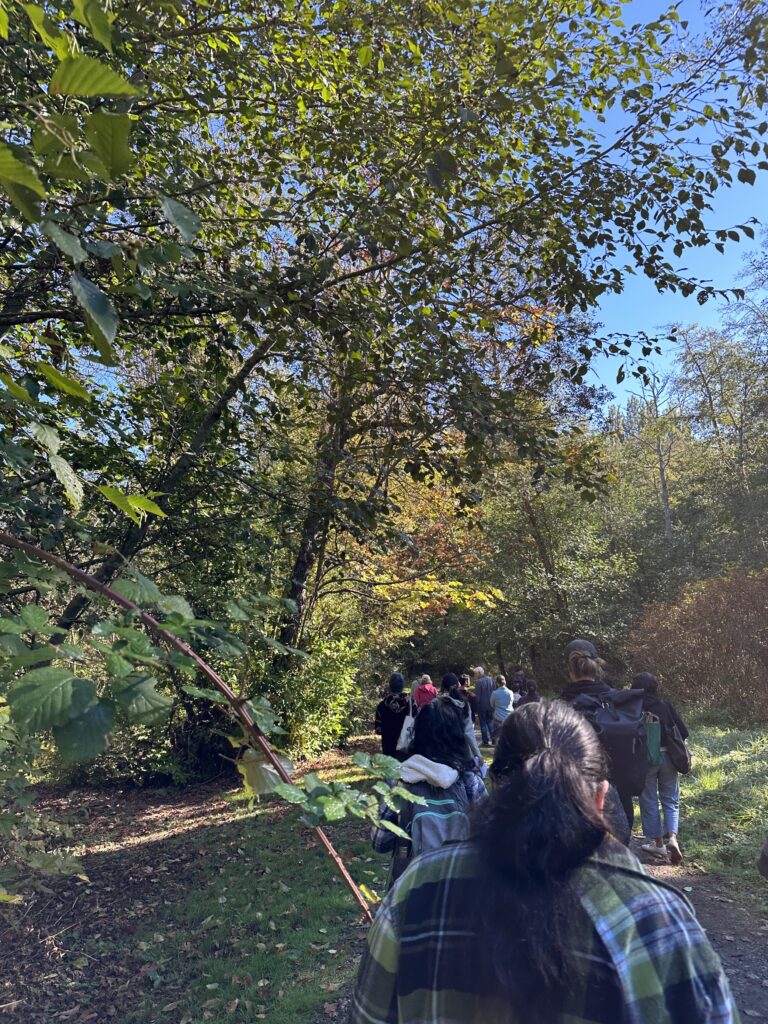
Speakers at this event included Shameka Gagnier from Futures Rising: Restoration & Co-creation. They move to co-create spaces and possibilities to provide care for Mother Earth and local communities.
Shanoa Pinkham (Yakama Tribe) from Na’ah Illahee Fund also facilitated the group. Na’ah Illahee Fund is an Indigenous women-led organization that serves as a bridge builder, facilitator, and resource partner to catalyze a movement toward positive futures.
Also among the speakers were Alayna Eagle Shield, MPH of Standing Rock Sioux Tribe Mni Wichoni Health Circle and Native Family Learning Lodge Ancestral Sisterhood co-director. Mni Wichoni Health Circle is a clinic and farm that promotes community health and holistic wellness for the Lakota/Dakota Nation by reclaiming, revitalizing, and reactivating ancestral knowledges of traditional ceremonial practices, medicines, foods, and all other aspects of Lakota/Dakota lifeways to improve their physical, mental, emotional, and spiritual health.

Ixtlixochitl White Hawk (Nahuatlaca Tenochca, Otomi, Tarasco), a traditional medicine practitioner and Co-Director of Ancestral Sisterhood also spoke. Ancestral Sisterhood is formed by Indigenous people of various nations, brought together for the wellbeing and thriving of communities. It is created by a collective of community members with a strong commitment to uphold traditional forms of leadership.
Mark Colson, (Chehalis Tribe) an indigenous wellness speaker, storyteller, and independent consultant also attended and spoke at the event about their experiences and restoration efforts.
Shanoa Pinkham began the event with a brief cleanse, welcomed everyone to provide a brief introduction about themselves and their intentions going into this conversation. Many people’s intentions were to listen to the speakers and their stories, learn, and create space for connecting.
Following the introduction, attendees gathered around the speakers. We learned more about the history of Discovery Park; how many folks were working to restore the park’s land after the rapid development that occurred during the war and the history of colonization within the area.
The discussion deepened as we listened to the speakers share stories of how they learned so much of the land around them from their family and own discoveries. Attendees were given a packet that broke down the uses and history of native species. Many plants and roots were listed, such as ginger and peppermint. Ginger for example is among the healthiest spices on the planet and is high in gingerol, a substance with powerful anti-inflammatory and antioxidant properties. Peppermint is a versatile herb that is high in nutrients such as vitamins A, C, and K, and minerals like iron, calcium, and manganese.
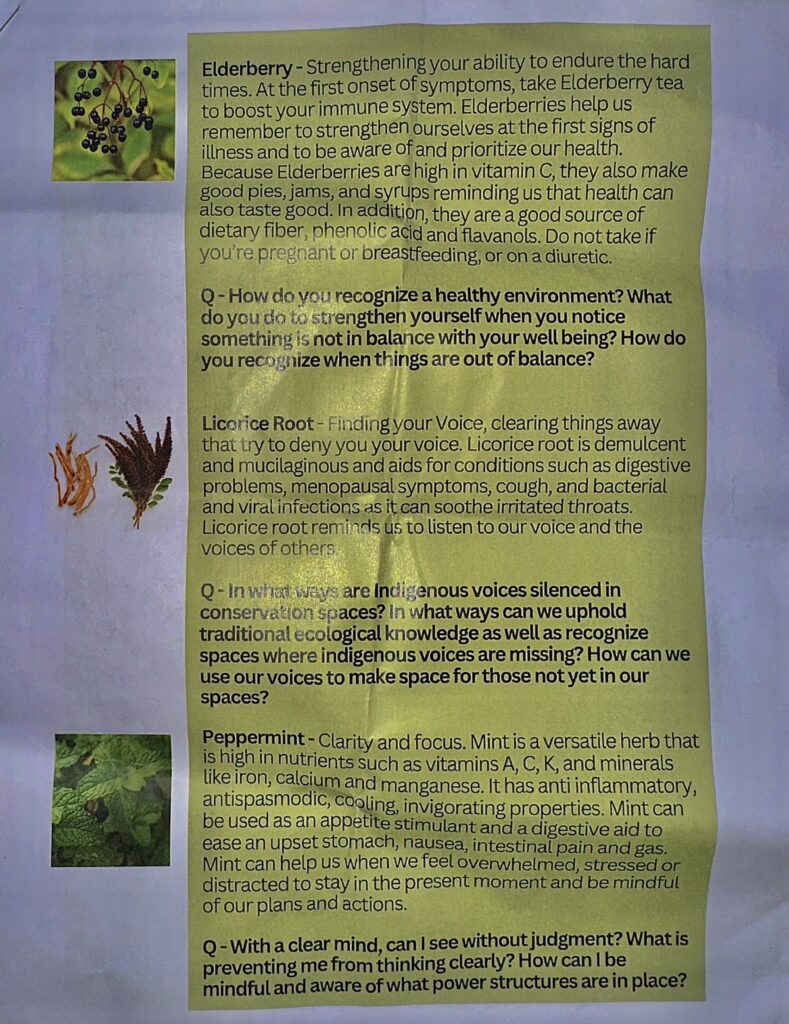
Shortly after a brief intermission, everyone gathered together to go on a plant walk through Discovery Park near the Daybreak Cultural Center. Led by Shanoa Pinkham and Shameka Gagnier, Ixtlixochitl White Hawk and Mark Colson also joined to support the walk. Attendees were shown some recent restoration projects that were completed by youth groups through programs offered by GSP partners and the Daybreak Cultural Center, local organizations like Tend, Gather, and Grow, and GSP forest stewards.
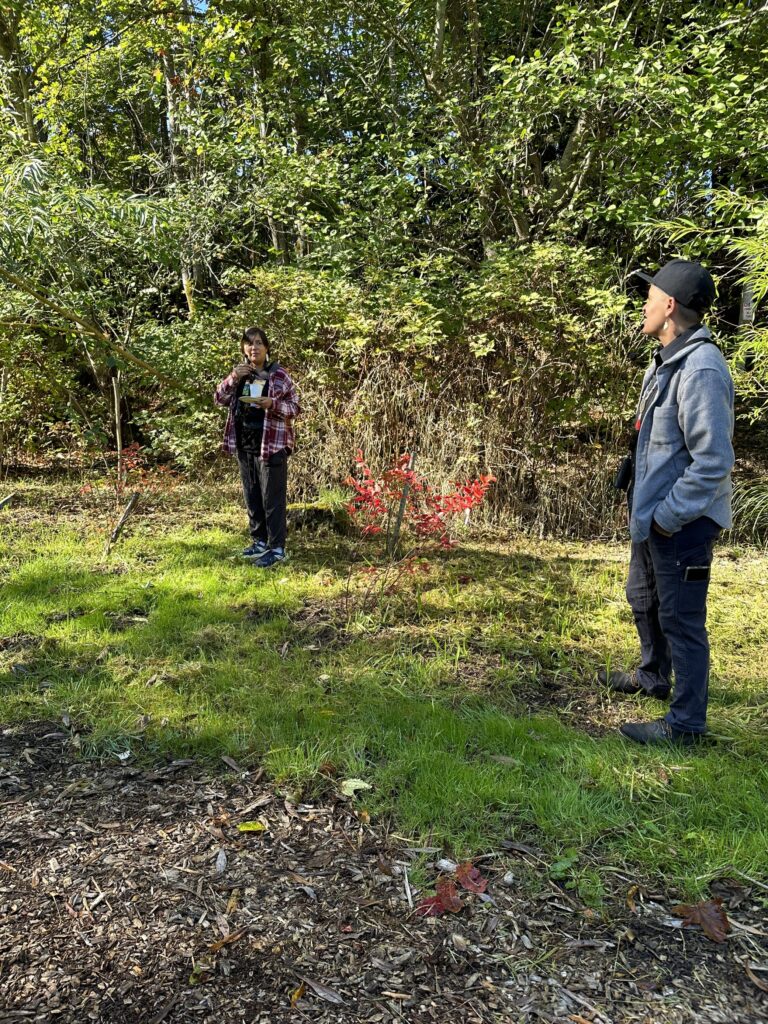
As we headed down towards the pond in the lower section of the park several plants were identified, such as plantain, an extremely common species that can be found anywhere from parking lots to parks. When crushed, plantain can be used in moisturizers and can treat insect bites, stings, and colds.
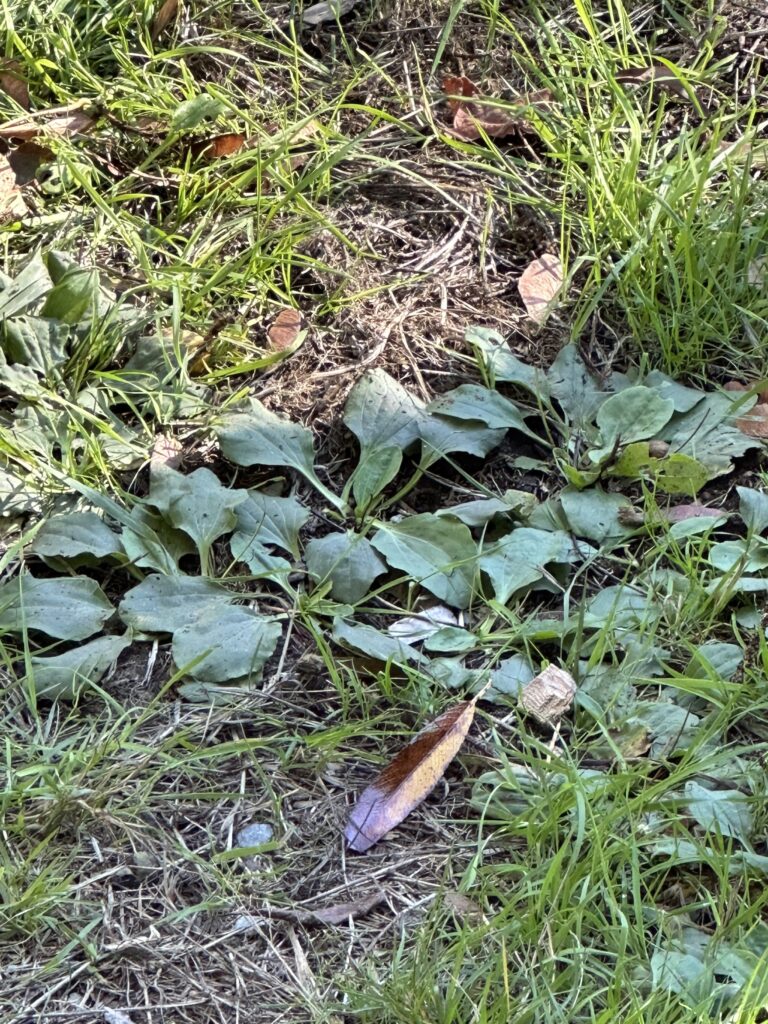
Continuing our walk, we stopped at the Serpent Mound. Ixtlixochitl White Hawk shared the history of the Serpent Mound and spoke about the cycle of nature in relation to the earth. Each aspect in nature relies on one another, with plants returning to the earth each fall before sprouting up in the spring.
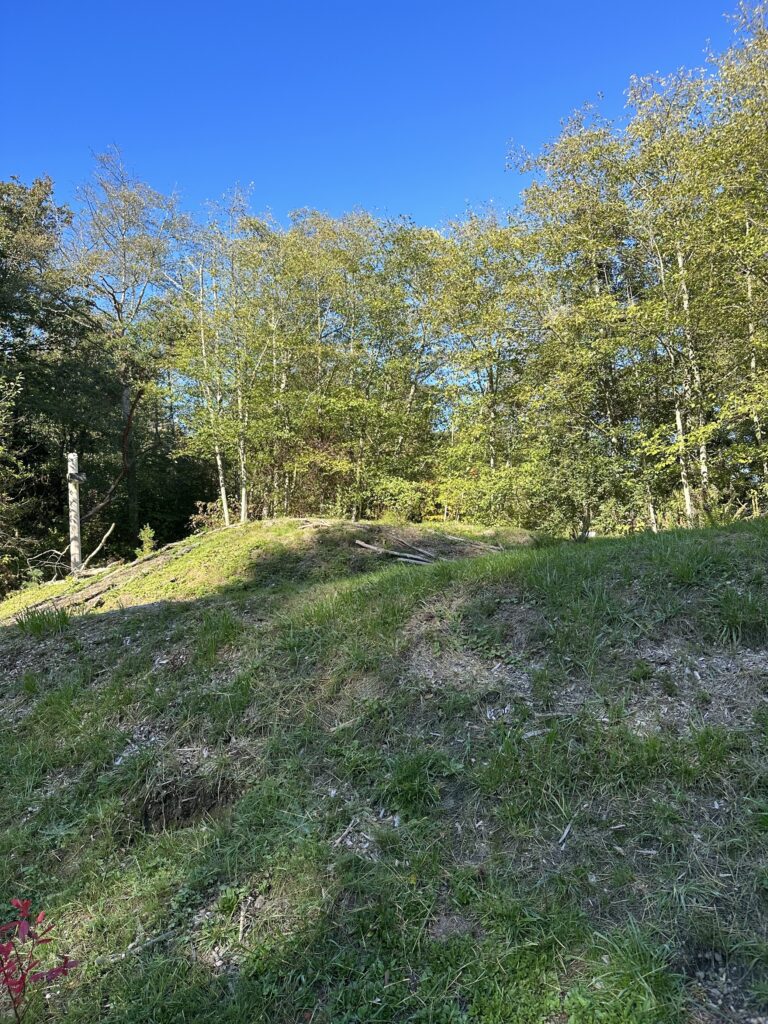
The speakers ensured space for questions and conversations as we passed by the pond that was shrouded in tule. Mark Colson and Shanoa Pinkham shared how tribal communities would use tule in several ways, such as building material or to be woven into textiles.

As the plant walk wrapped up, everyone looped back to the meeting area to close out the event. Gratitude was shared amongst the attendees to the speakers, and the speakers gave brief final thoughts.
A huge thank you to all the wonderful speakers who led the event and thank you to all those that attended!
